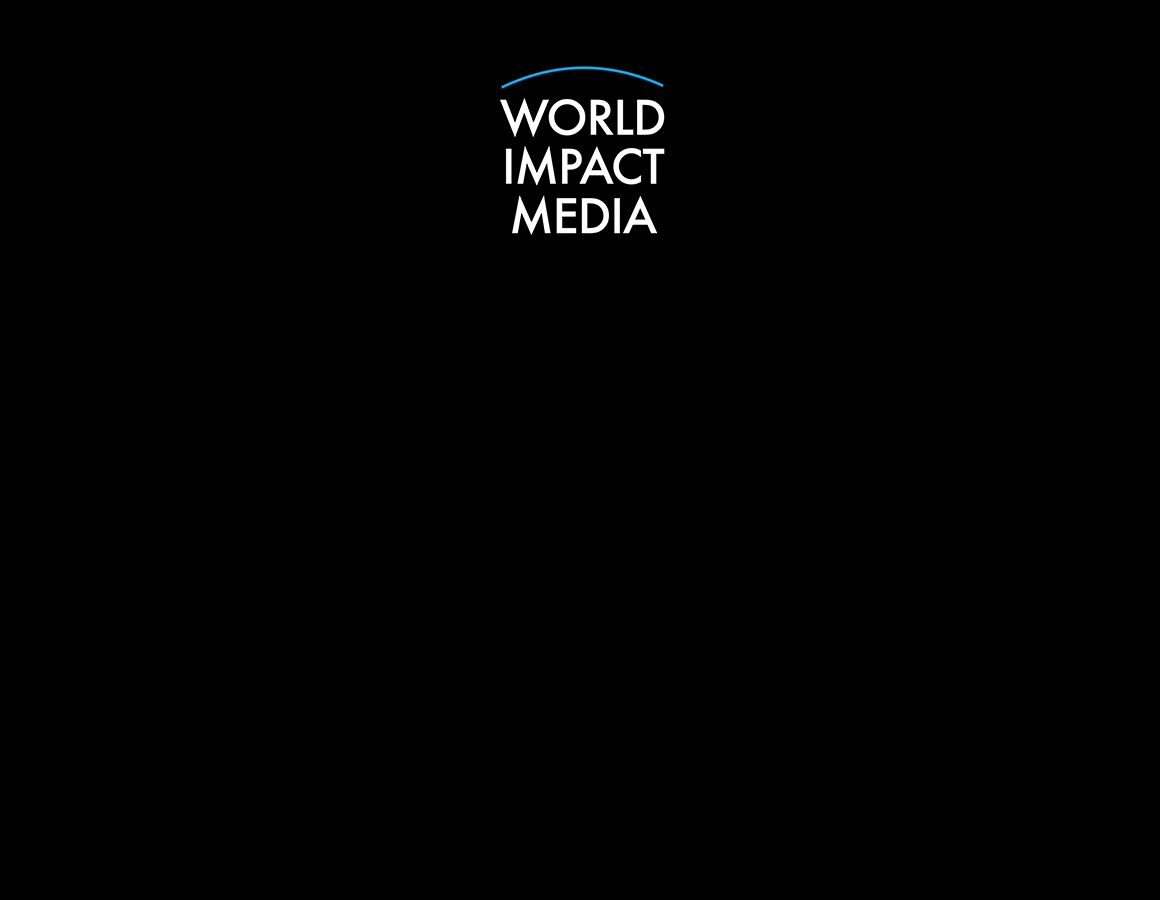As the United States economy continues to navigate high interest rates, stubborn inflation, and geopolitical uncertainty, speculation is mounting over the possibility of a recession either in the final quarter of 2025 or at some point in 2026. Economists, investors, and policymakers are closely watching key indicators that could tip the scales toward an economic contraction.
Economic Backdrop: Resilience Meets Pressure
Despite recession fears throughout 2023 and 2024, the U.S. economy proved remarkably resilient. Consumer spending, driven by a strong labor market and pent-up post-pandemic demand, continued to support GDP growth. However, cracks are beginning to emerge:
- Interest Rates Remain Elevated: The Federal Reserve’s battle with inflation has kept interest rates at multi-decade highs. While inflation has cooled from its peak, it remains above the Fed’s 2% target. The longer rates stay elevated, the more pressure builds on business investment, consumer credit, and housing.
- Corporate Profit Margins Are Squeezed: As borrowing costs rise and consumer demand normalizes, companies are finding it harder to maintain margins. Earnings growth is slowing across several sectors, particularly in real estate, technology, and manufacturing.
- Credit Tightening: Banks continue to tighten lending standards, especially to small and mid-sized businesses. This often serves as a precursor to broader economic slowdowns.
Leading Indicators Flash Mixed Signals
Key indicators offer a murky outlook:
- Yield Curve Inversion: The 2-year/10-year Treasury yield curve has been inverted since 2023, historically one of the most reliable predictors of a recession. However, timing remains uncertain—recessions typically follow yield curve inversions by 12 to 24 months.
- Consumer Sentiment: Confidence remains shaky, with many households expecting economic conditions to worsen due to high living costs, layoffs in tech and retail, and geopolitical instability.
- Labor Market: While unemployment remains low, job growth has slowed significantly. Sectors such as construction, logistics, and fintech are already shedding jobs.
Potential Triggers for a 2025/2026 Recession
Several risk factors could push the economy into contraction:
- Delayed Effects of Tight Monetary Policy: Higher rates have long lags. By late 2025, the cumulative impact could cause a sharp drop in consumption and investment.
- Global Shocks: Escalating conflict in Eastern Europe, instability in the Middle East, or a severe downturn in China could disrupt global trade and financial markets.
- Debt-Related Stress: Rising credit card and auto loan delinquencies, as well as the resumption of student loan payments, may undermine household spending.
- Commercial Real Estate Crash: With many office buildings underutilized and refinancing becoming more difficult, a commercial real estate correction could spill into the broader economy.
What If a Recession Hits?
If the U.S. enters a recession in late 2025 or 2026, it is likely to be moderate and policy-driven, rather than a deep financial crisis like 2008. Here’s what to expect:
- Fed Policy Pivot: The Federal Reserve would likely cut rates aggressively to support demand and financial stability.
- Fiscal Response: A divided Congress could delay stimulus packages, but public pressure could force targeted interventions, especially in housing, student loans, and energy.
- Sectoral Impacts: Cyclical sectors (construction, manufacturing, finance) would take the biggest hit, while defensive sectors (healthcare, consumer staples) could remain stable.
Final Thoughts
Whether the U.S. faces a recession in Q4 2025 or sometime in 2026 depends on a complex web of factors—from the Federal Reserve’s policy path to global geopolitical developments. While the signs of an economic slowdown are increasingly evident, the depth and timing remain uncertain. Businesses and investors would be wise to prepare for turbulence while staying flexible to respond to opportunities that emerge in a down cycle.














